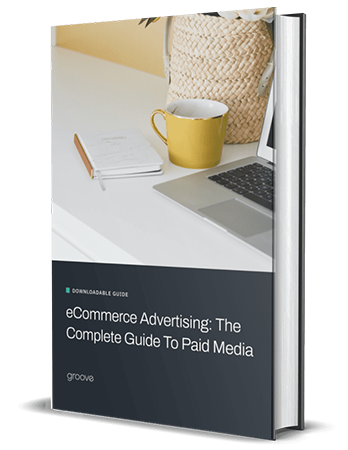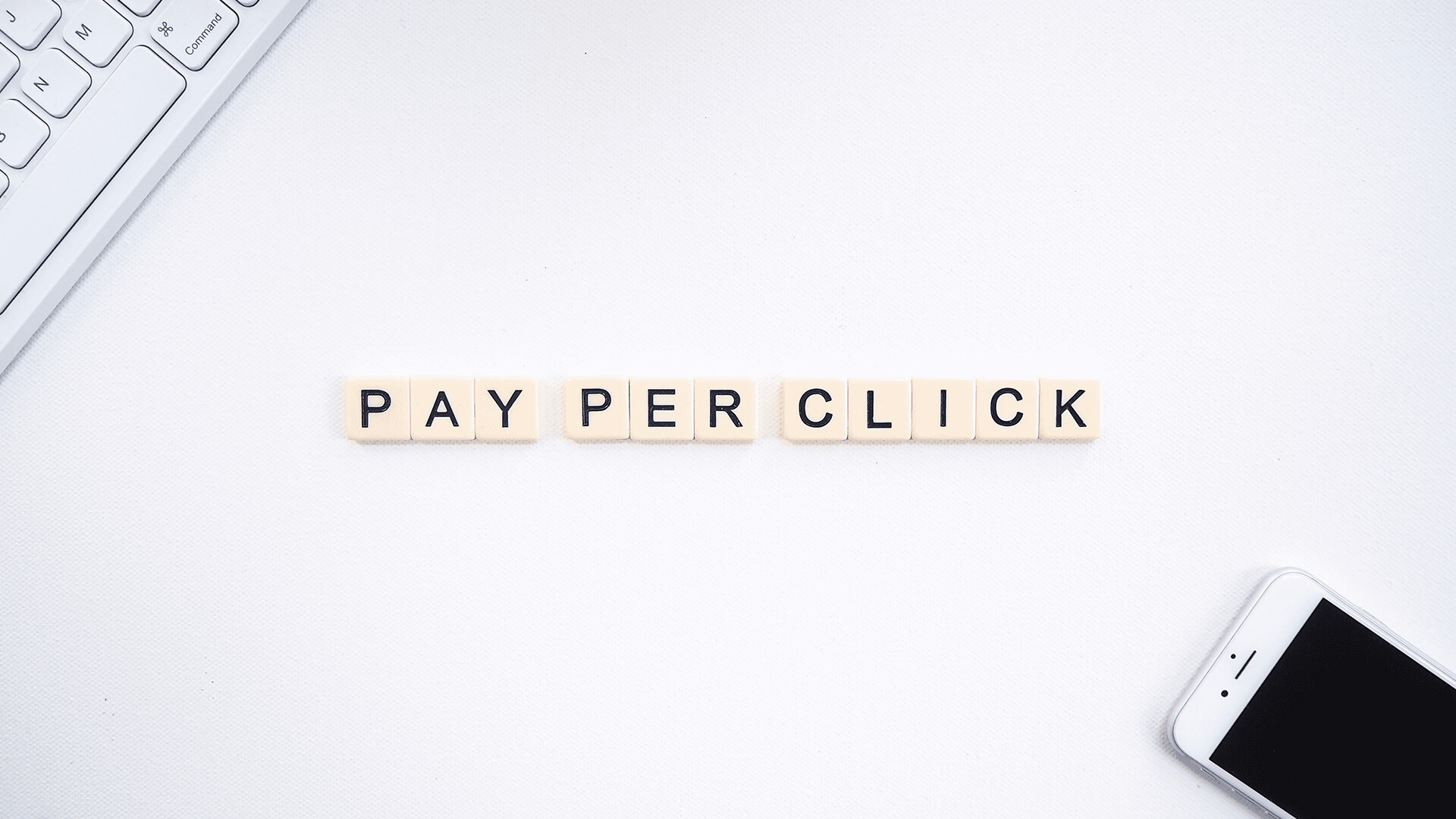Social media offers businesses like yours a perfect way to engage and interact with your customers. With more than two-thirds of Americans reporting that they use Facebook, you can see how many potential customers you can reach across the different platforms. You have the chance to build a community and then use it to drive conversions directly with PPC advertising and social media eCommerce marketing.
When social media initially launched, people quickly realized that it offered tremendous potential for remaining engaged with friends and family, but also with brands. As a business, you do not have to stay closed off from your customers; you can interact with them on a personal level and create a more enjoyable experience for everyone.
Let’s look more closely at the power of social media eCommerce marketing and the leg up it can offer your business as you strive to build your market share.
Social media eCommerce marketing and building a community
Social media marketing starts with the community. On your different social media platforms, you can ask your followers questions, answer the queries they pose to you, share pictures and videos, and overall build a more personal relationship. This relationship can guide leads throughout the entire sales funnel process.
To have this type of interaction on social media, you need to lay the foundation with an outstanding engagement strategy. This includes:
- Research the platforms where your customers like to engage
- Do competitive research on where others in your industry build their social pages and interact with followers.
- Create thorough, well-branded pages that embrace your brand and what it represents to people.
- Encourage conversation on the pages. Ask people questions, post contests, and look for opportunities to encourage direct engagement. Social media is all about networks, so the more your existing followers interact with your brand, the more your brand will also show up in their feeds as well as the feeds of their followers. As many as 80% of people report making purchase decisions based on a friend’s social posts, so do not underestimate the power of this persuasion.
Linking to your social pages from other, more established platforms you use, such as your website and ecommerce newsletter, can further help people find your pages and decide to follow you. If you employ these different strategies, you should quickly start to see your followers and engagement rates grow.
The power of user-generated content in ecommerce social media marketing
One of the most fascinating components of a well-built social presence and social media ecommerce marketing is the power of user-generated content. Encouraging your customers to create content for you can serve multiple purposes. On the one hand, it shows potential customers how happy your existing customers are with your brand, which adds to their vote of confidence. On the other hand, it also advertises your product for you. Consider brands like Go-Pro, which use user-generated content directly in their advertising. When customers create content about your products, this creates excellent advertising opportunities.
Hosting contests can serve as an effective motivator to get people to post their user-generated content. You might offer coupons or discounts to people who take pictures of themselves using your product, for example. See what types of similar contests might fit your social media ecommerce strategy.
Drive further conversions with PPC advertising
As you watch your community grow, you can start to tap into its full potential with PPC advertisements. With PPC advertising, you pay each time someone clicks on your ad, and it pairs nicely with social media.
You can design ad campaigns that target people based on specific demographic characteristics. Facebook, for example, lets you create ads for people based on their listed interests. With this type of ad, you can include a level of personalization not available elsewhere.
You can also create retargeting ads through social media for eCommerce. With retargeting ads, you reach out specifically to people who have visited your website or otherwise engaged with your brand in the past but haven’t purchased. Having the opportunity to start a conversation with them through social media or show them the vibrant community you nurture will encourage your lead to reinterest themselves in your brand.
If you struggle to create images or text for your ads, you can also turn to the many helpful AI social media tools that have emerged recently to help with social media management.
When you have built a strong social media presence and you then pair it with your ads, it will dramatically increase interest in your page. People who click on the page or want to learn more about your business will find an engaging community ready to welcome them. Your page will have conversations and content that will inspire them to learn more about your products and your overall brand.
Build your brand with social media eCommerce marketing
eCommerce social media marketing provides you with the platform you need to interact directly with your buyers and build a community around your brand. We hope this information has helped you better understand how social media can help you build your organization and bring in new leads and buyers.
If you’d like to take your efforts with social media for eCommerce even further, contact us for a free audit. We can help you review your current social media strategy and determine the best way for you to move forward and build your organization.

eBook
eCommerce Advertising:
The Complete Guide To Paid Media
Explore tags:
About the author
Subscribe to the Groove Newsletter
Get the latest updates and insights straight to your inbox






